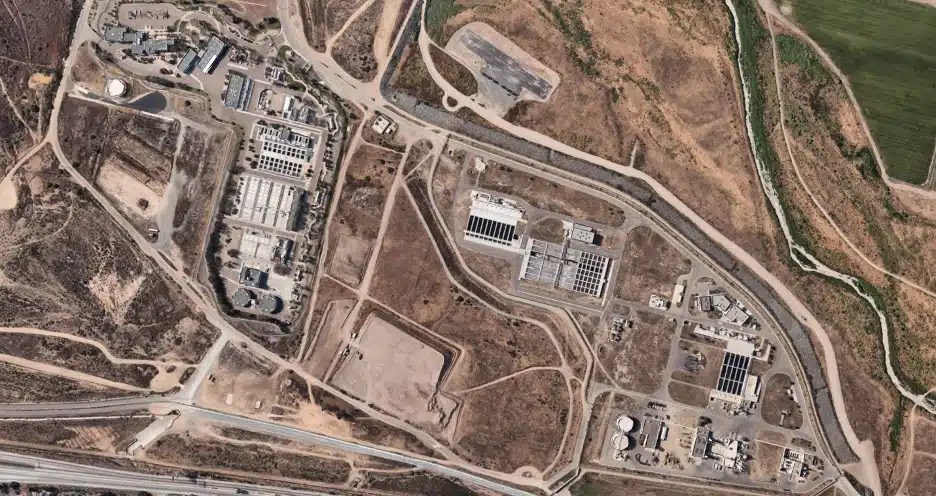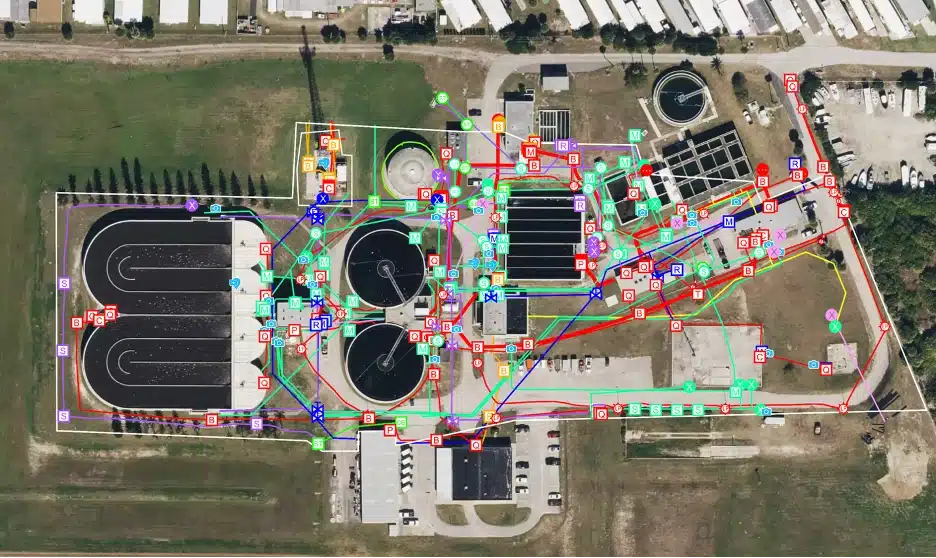Innovative Water Treatment Solutions for Shared Infrastructure Challenges
Marking a transformative milestone in binational environmental collaboration, the South Bay International Wastewater Treatment Plant in San Diego is set to undergo a $250 million expansion led by PCL Construction and Stantec. This initiative reflects a proactive commitment to sustainable infrastructure and public health protection along the U.S.-Mexico border. As highlighted in Engineering News-Record, the project has been fast-tracked to address long-standing wastewater challenges and exemplifies cutting-edge environmental engineering.
Under a $42.4 million progressive design-build contract, the plant’s treatment capacity will be doubled from 25 million to 50 million gallons per day (MGD), significantly exceeding the previously proposed 35 MGD benchmark. This expansion is critical to intercepting and treating cross-border sewage flows from Tijuana, Mexico, before they reach the Tijuana River and the Pacific Ocean near Imperial Beach.

Aerial view of the South Bay International Wastewater Treatment Plant, the site of a $250 million expansion project aimed at doubling treatment capacity and addressing cross-border sewage challenges.
Technical Roadmap for Scalable and Sustainable Water Solutions
On June 12, the U.S. Section of the International Boundary and Water Commission (IBWC) hosted a public forum to discuss the South Bay International Wastewater Treatment Plant expansion. During the event, Michael Watson of Stantec and Jeff Newman of PCL presented the technical roadmap to elevate the plant’s performance and resilience.
The project scope includes:
- A new integrated headworks system to optimize preliminary treatment processes
- Installation of two primary sedimentation tanks and 10 secondary sedimentation tanks
- Deployment of seven activated sludge tanks to enhance biological treatment efficiency
- Implementation of a new chemical treatment system
- Construction of sludge thickening and storage facilities
- A 12-kV electrical building equipped with upgraded switchgear and transformers, in collaboration with San Diego Gas & Electric
“In partnership with PCL, we will work hard to provide the most seamless plant expansion possible,” said Watson. “We believe the repairs and changes we are undertaking will make a measurable difference both now and in the future.”
This expansion marks a significant leap in wastewater treatment plant capacity and serves as a model for how modern water treatment infrastructure can be scaled to meet urgent environmental demands.
A Binational Model with Global Relevance
Mexico’s military-led expansion of the Punta Bandera Wastewater Treatment Plant marks a significant step toward improving regional water infrastructure. With Tijuana’s population doubling over the past two decades, long-term capacity and maintenance remain pressing concerns – highlighting the need for resilient, scalable infrastructure across the border region.
The South Bay expansion is more than a local project; it exemplifies international cooperation, resilient design, and environmental justice. By aligning engineering, policy, and advanced technology, the initiative demonstrates how integrated solutions can effectively address complex, cross-border environmental challenges.
How SiteMap® Powers Infrastructure Projects with Precision and Insight

SiteMap® continues to transform infrastructure planning by delivering high-resolution utility and facility data. This platform empowers engineers and contractors with real-time insights for safer, more efficient project execution.
In complex infrastructure projects involving excavation, retrofitting, and utility integration, SiteMap® (patent pending) serves as the centralized delivery platform for all GPRS services to bring critical visibility, accuracy, and coordination to every phase of construction. From wastewater treatment plant upgrades to large-scale utility integration, SiteMap ensures that project teams gain access to the verified data they need to build safely and efficiently.
SiteMap consolidates detailed utility maps, concrete scanning results, inspection reports, and 3D models into a single, cloud-based platform. This empowers engineers, contractors, and facilities managers to access real-time project records from any device, 24/7. Every dataset is verified by SIM-certified Project Managers and backed by our 99.8% accuracy rate so teams can trust what they see.

The GPRS Green Box Guarantee ensures that any area marked with a Green Box is verified to be free of subsurface obstructions prior to coring or cutting. Backed by SIM-qualified Project Managers and a 99.8% accuracy rate, this industry-leading assurance enhances jobsite safety, minimizes costly delays, and supports precise, damage-free execution.
When precision matters, SiteMap delivers. It transforms complex field data into actionable insights. Helping to prevent utility strikes, protect structural integrity, and keep projects on schedule and safe. With secure, real-time access from any device, stakeholders can reduce risk, eliminate delays, and build with greater clarity and control.
Click below to schedule your live, personal & free SiteMap demo today!
